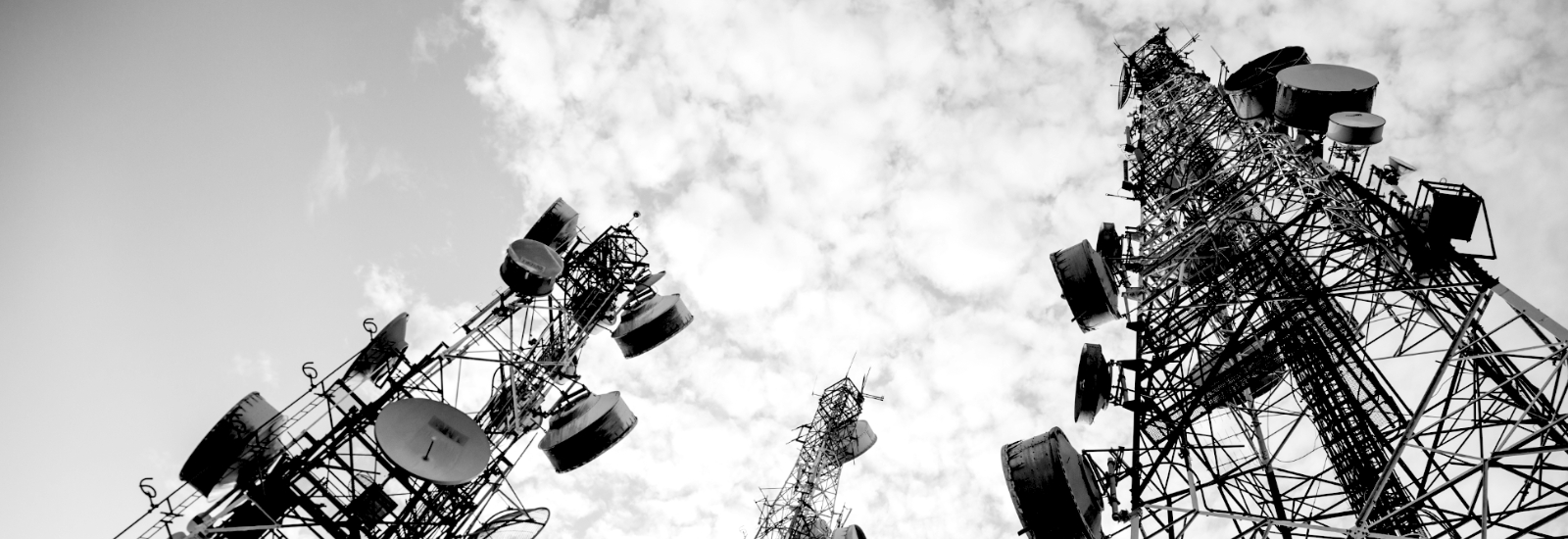During the COVID-19 pandemic, conspiracy theories about the source of the virus have emerged, putting lives at risk. Reading’s Leah Callender-Crowe says that having access to the evidence to dispel the myths is crucial.
Conspiracy theories can help us construct order out of disorder, but they can also be dangerous. Leah Callender-Crowe, a research assistant in the Ecology and Evolutionary Biology Division of the School of Biological Sciences, wrote this blog for Ask for Evidence to help people examine the evidence behind the myths.
Life-threatening theories
There have been a range of conspiracy theories around the novel coronavirus, from the assertion that it was engineered, to the idea that it is a hoax. Leah explains how such theories can actually endanger lives.
She said: “Conspiracy theories can be oddly comforting. When enormous events like the current pandemic dramatically affect and even threaten our lives, it is inevitable that conspiracy theorists will assign blame – usually to governments, corporations, scientists or others in a position of real or perceived power.
“However, although genuine conspiracies have undoubtedly happened, usually involving a small number of people, conspiracy theories in general rarely hold up to scrutiny.
“A lack of tangible evidence, along with general implausibility, should give pause to anyone seeking to get to the bottom of claims of government cover-ups and scientists fabricating data.
“Moreover, these conspiracy theories are far from harmless – claims linking COVID-19 to 5G, for example, have probably inspired recent arson attacks on mobile phone masts. The conviction that COVID-19 is a hoax to control the population may also encourage some to defy lockdown rules, as evidenced by hashtags such as #noquarantine and #idonotcomply, making these individuals more likely to contract and spread the virus. There is also overlap between these ideas and vaccine hesitancy, suggesting the possibility of some resistance to a COVID-19 vaccine when it arrives.”
Examine the evidence
Leah urges everyone to investigate the evidence behind claims in the media, particularly when amplified by celebrities and public figures, and crucially when they pertain to human health.
She said:
“While we navigate this frightening and, in our lifetimes, unprecedented global health threat, it has never been more critical that we seek to understand the truth behind such claims. Asking questions is valid, but if we are posing them in good faith then we must accept the answers that the data and evidence give us.
“With regards to 5G, the evidence and the science are clear – the current pandemic is not and cannot be caused by 5G. Proposed mechanisms by which the viral outbreak and radio-frequency radiation could supposedly be linked are vague. Claims include that COVID-19 is really classic radiation poisoning; that the virus consists of genetic material excreted by our own cells in response to 5G; that 5G has impacted our immune systems leaving us vulnerable to infection; and that 5G ‘activates’ the virus, which has been introduced to our bodies either through chemtrails or vaccines. However, the symptoms of COVID-19 are different from those of radiation poisoning.
“Further, it is important to remember that not all radiation is the same and 5G cannot cause radiation poisoning as we understand it; being in the radio-frequency range of the electromagnetic spectrum, frequencies used by 5G do not carry sufficient energy to damage human DNA. To give a sense of perspective, we are exposed to similar and much higher frequencies on a daily basis in the form of 4G, other radio waves, and even visible light.
“In addition to being in violation of known radiobiology, all of the above claims ignore the epidemiology of the disease. COVID-19 is spreading in countries where there is no access to 5G, such as Iran and Japan, and the geographical and temporal pattern of cases is what we would expect from a microbe transmitted from person to person. It also appears that the rate of infection is slowing in places employing social distancing.
“SARS-CoV-2, the technical name for the novel coronavirus, has also been isolated from infected patients, imaged under electron microscopes, and has been sequenced thousands of times across the globe. Its genome is similar to other coronaviruses such as those causing the common cold, MERS and SARS, indicating a close evolutionary relationship with those viruses. Relatedness between individual SARS-CoV-2 sequences broadly mirrors the pattern of known transmissions between individuals, nations and continents. It fulfils at least some of Koch’s postulates [the conditions that should be met in order to determine whether an infectious agent causes a particular disease].
“The totality of available evidence demonstrates that the SARS-CoV-2 virus both exists and is the cause of the disease COVID-19.”
Emotion versus rational thinking
So how can we address conspiracy theories like these when we encounter them? Leah explains that emotions need to be placed aside to discuss the issue rationally.
Leah said: “Challenging the deeply held beliefs of others can be uncomfortable at the best of times, and in the context of this pandemic it is perhaps especially difficult.
“However, given the scale of the threat and the potential impact our behaviour will have on the trajectory of the disease, it is crucial that correct information is disseminated and discussed.
“It is right to seek answers, and there are good reasons to be sceptical of authorities. However, making assertions without evidence or plausibility is the point at which scepticism becomes denialism, and has the potential to be dangerous.
“It is firstly important to ask for sources when we come across any claim, and to encourage equal scepticism against those sources if they are unreliable – for example, if we don’t believe medical and scientific authorities, then why believe YouTube pundits? Are they more qualified than experts? We must not be tempted however to counter with appeals to authority – while experts probably do know more about the situation, the evidence should be clear and speak for itself.
“A revealing question to ask when facing conspiracy theories is how the situation would look different if the theory were false. Assuming COVID-19 conspiracy theories to be true, we might ask, how would the current situation look different from a genuine pandemic of natural origin? If it would look the same, then we have no reason to believe the conspiracy. In addition, we can ask what it would take to change theorists’ minds. If the answer is nothing, and any evidence against is dismissed or made to fit the theory, then the theory is non-falsifiable, ultimately rendering it unscientific.
“To respond to the threat we are currently facing, at all stages we will need to be guided by the best available scientific evidence.”
This article was first published by The Ask for Evidence campaign run by the non-profit organisation Sense about Science.




